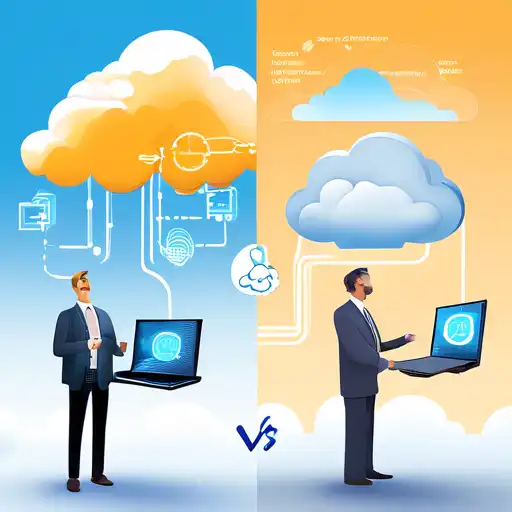Introduction to Edge and Cloud Computing
In the rapidly evolving world of technology, understanding the differences between edge computing and cloud computing is crucial for businesses and individuals alike. Both technologies play pivotal roles in data processing and storage, but they cater to different needs and scenarios.
What is Cloud Computing?
Cloud computing refers to the delivery of computing services—including servers, storage, databases, networking, software, analytics, and intelligence—over the Internet ('the cloud') to offer faster innovation, flexible resources, and economies of scale. It allows businesses to avoid or minimize up-front IT infrastructure costs.
What is Edge Computing?
Edge computing, on the other hand, is a distributed computing paradigm that brings computation and data storage closer to the location where it is needed, to improve response times and save bandwidth. It is particularly useful in IoT (Internet of Things) applications where real-time processing is crucial.
Key Differences Between Edge and Cloud Computing
Data Processing Location
The most significant difference lies in where the data processing occurs. Cloud computing relies on centralized data centers, whereas edge computing processes data locally, at the 'edge' of the network, closer to the source of data.
Speed and Latency
Edge computing significantly reduces latency because data doesn't have to travel long distances to a centralized data center for processing. This is critical for applications requiring real-time analytics and actions.
Bandwidth Usage
By processing data locally, edge computing reduces the amount of data that needs to be sent to the cloud, thereby saving bandwidth and reducing costs.
Security Considerations
While cloud computing offers robust security measures, edge computing distributes the data across multiple devices, which can introduce new security challenges but also reduces the risk of centralized data breaches.
Choosing Between Edge and Cloud Computing
The choice between edge and cloud computing depends on the specific needs of a business or application. For scenarios requiring real-time processing and low latency, edge computing is the way to go. However, for applications that require heavy data processing and storage, cloud computing remains the preferred option.
Future Trends
As technology continues to advance, we are likely to see a hybrid approach that leverages the strengths of both edge and cloud computing. This will enable businesses to optimize their operations, improve efficiency, and enhance user experiences.
For more insights into the latest technology trends, check out our technology trends section.
